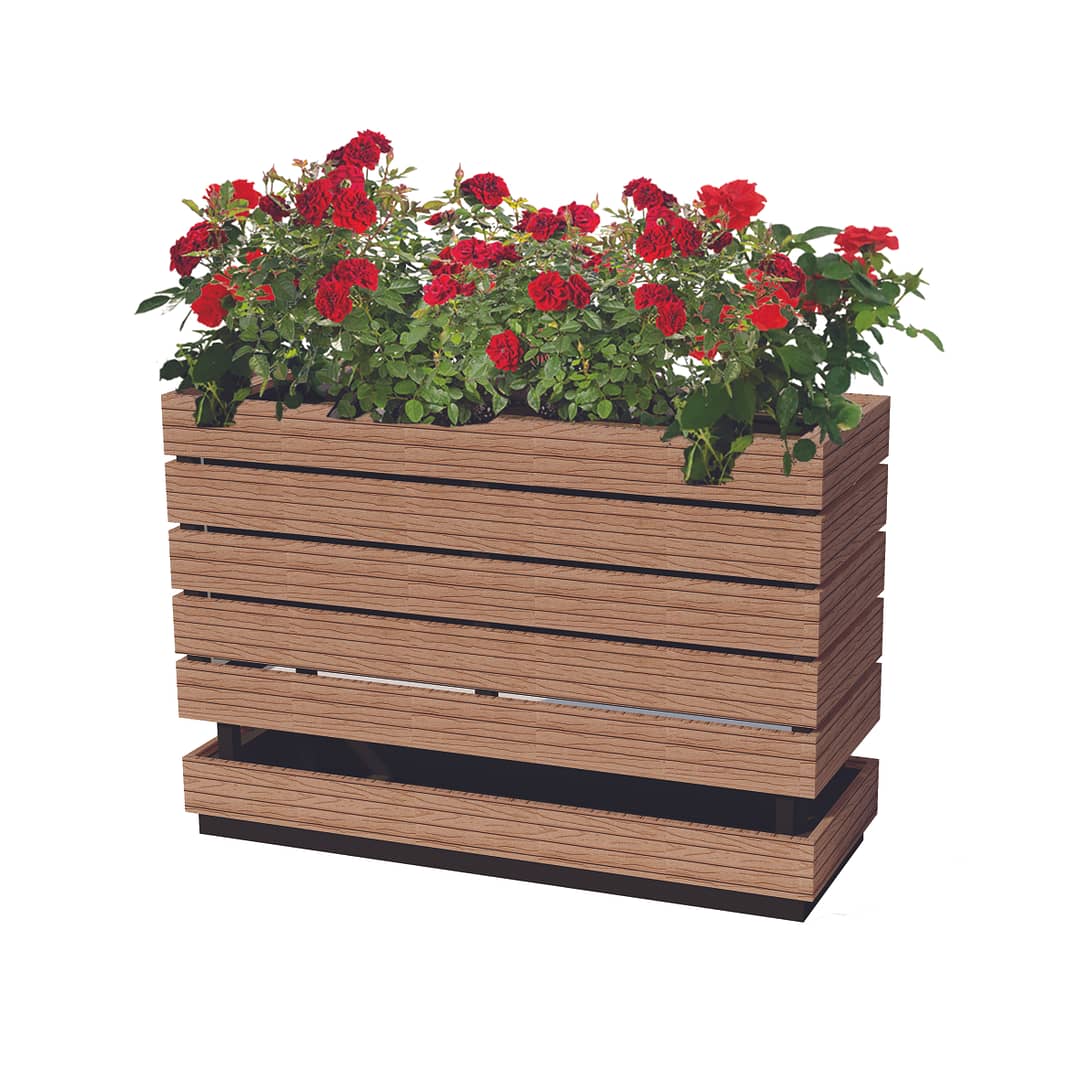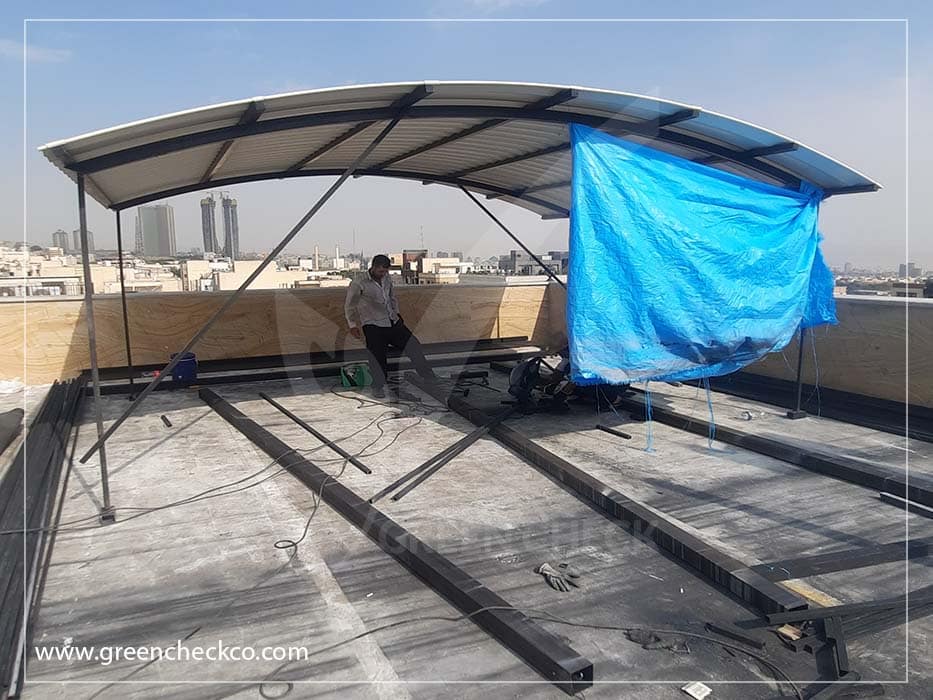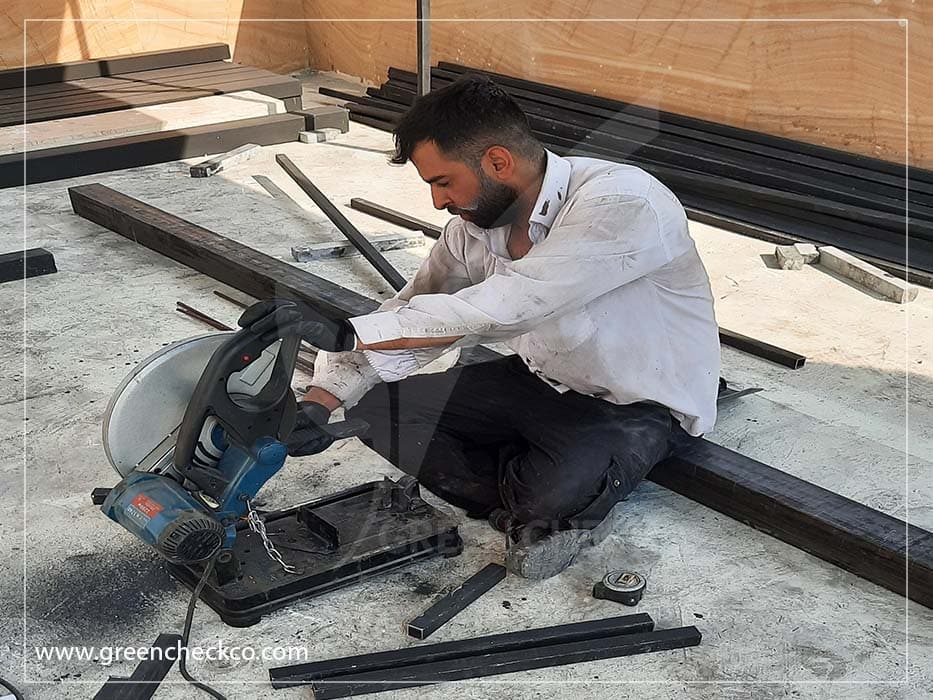making a roof garden
Creating a roofgarden can be rewarding, adding beauty, environmental benefits, and functional space to your building. Here are some steps to help you get started:
Check Structural Feasibility:
Before proceeding, consult with a structural engineer to assess if your building can support the weight of a roof garden. Ensure that the roof is structurally sound and can handle the additional load.
Research Local Regulations:
Check your local building codes and regulations regarding roof gardens. Some areas may have specific requirements or restrictions you must comply with.
Plan the Design:
Determine your roof garden's layout, style, and purpose. Consider factors such as sunlight exposure, wind patterns, drainage, and access points. Decide whether you want an intensive garden with various plants or a more extensive garden with low-maintenance vegetation.
Waterproofing and Drainage:
Install a waterproof membrane or layer on the roof surface to protect the building from water damage. Incorporate a drainage system, such as a drainage layer or trays, to allow excess water to flow away and prevent water buildup.
Soil and Plant Selection:
Choose lightweight soil mixes for green roofs. These mixes provide adequate drainage, moisture retention, and nutrients while being lightweight to minimize the load on the roof. Select plants suitable for rooftop conditions, such as drought-tolerant species, low-growing plants, or native plants.
Irrigation:
Determine the irrigation system that best suits your roof garden. Depending on the size and complexity of the garden, options include drip irrigation, manual watering, or automated systems. When designing the irrigation setup, consider water efficiency and conservation.
Installation:
Prepare the roof surface according to the waterproofing and drainage plan. Place the lightweight soil mix on top and shape it according to your design. Plant the selected vegetation, ensuring proper spacing and planting techniques. If desired, install additional features like walkways, seating areas, or raised beds.
Maintenance:
Regular maintenance is crucial to keep your roof garden healthy and thriving. This includes watering, fertilizing, pruning, weeding, and pest control. Create a maintenance schedule and allocate time and resources to ensure the garden's long-term success.
Safety Considerations:
Ensure that your roof garden meets safety standards. If the garden is accessible to the public, install appropriate safety features such as guardrails, handrails, and non-slip surfaces.
Professional Assistance:
If you need more experience or expertise in roof garden installation, consider consulting with professionals such as landscape architects, contractors, or green roof specialists. They can guide, ensure proper installation, and help optimize the design for your needs.
Remember that each roof garden is unique, and adapting the process to your specific situation and local conditions is important. Enjoy the process of creating a beautiful and sustainable rooftop oasis!


















